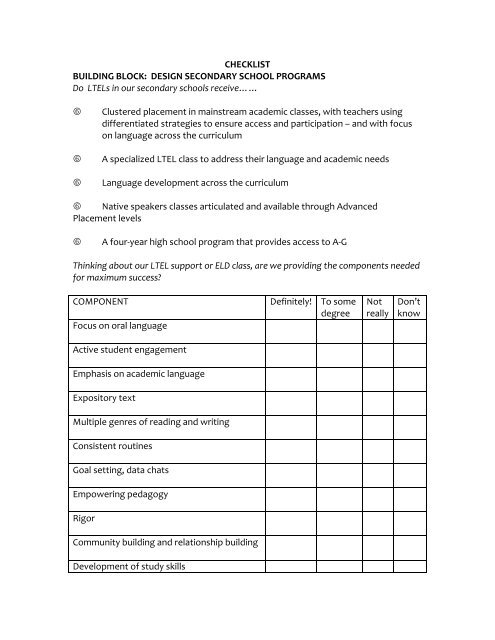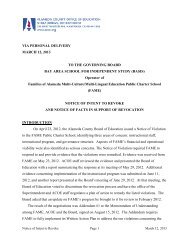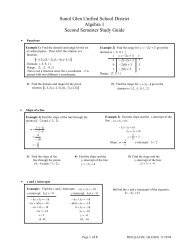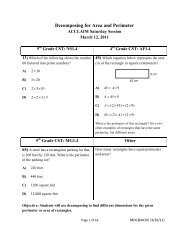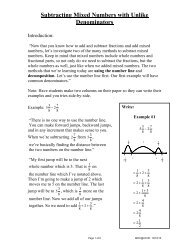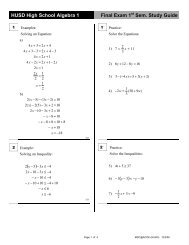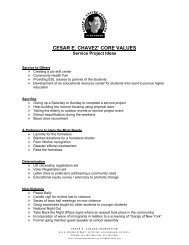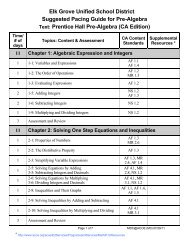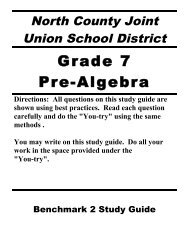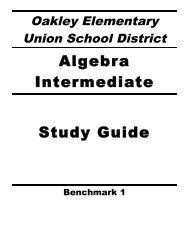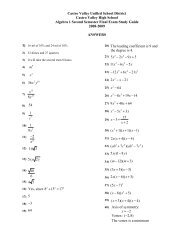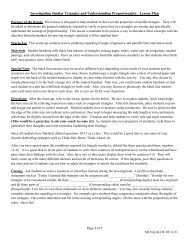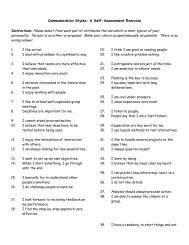CHECKLIST BUILDING BLOCK: DESIGN SECONDARY SCHOOL ...
CHECKLIST BUILDING BLOCK: DESIGN SECONDARY SCHOOL ...
CHECKLIST BUILDING BLOCK: DESIGN SECONDARY SCHOOL ...
You also want an ePaper? Increase the reach of your titles
YUMPU automatically turns print PDFs into web optimized ePapers that Google loves.
<strong>CHECKLIST</strong><br />
<strong>BUILDING</strong> <strong>BLOCK</strong>: <strong>DESIGN</strong> <strong>SECONDARY</strong> <strong>SCHOOL</strong> PROGRAMS<br />
Do LTELs in our secondary schools receive……<br />
<br />
<br />
<br />
Clustered placement in mainstream academic classes, with teachers using<br />
differentiated strategies to ensure access and participation – and with focus<br />
on language across the curriculum<br />
A specialized LTEL class to address their language and academic needs<br />
Language development across the curriculum<br />
Native speakers classes articulated and available through Advanced<br />
Placement levels<br />
<br />
A four‐year high school program that provides access to A‐G<br />
Thinking about our LTEL support or ELD class, are we providing the components needed<br />
for maximum success<br />
COMPONENT Definitely! To some<br />
degree<br />
Focus on oral language<br />
Active student engagement<br />
Emphasis on academic language<br />
Expository text<br />
Multiple genres of reading and writing<br />
Consistent routines<br />
Goal setting, data chats<br />
Empowering pedagogy<br />
Rigor<br />
Community building and relationship building<br />
Development of study skills<br />
Not<br />
really<br />
Don’t<br />
know
<strong>BUILDING</strong> <strong>BLOCK</strong>: RESEARCH BASED EL PRACTICES IN THE ERA OF THE<br />
COMMON CORE STANDARDS<br />
Programs and Placement<br />
We have an English Learner Master Plan that includes clearly<br />
defined descriptions of research‐based program models for different<br />
typologies of English Learners, including a designated program and<br />
placements for students at risk of becoming Long Term English<br />
Learners<br />
English Language Development:<br />
Standards‐based ELD instruction is delivered on a daily basis during a<br />
dedicated ELD time, using ELD materials and curriculum aligned to the ELD standards.<br />
This instruction focuses primarily on oral and listening skills – but also includes<br />
reading and writing as appropriate. Long Term English Learners receive a<br />
specialized ELD focused on their needs and separate from other English Learners<br />
Teachers have received professional development in the use of the ELD<br />
curriculum and materials, and feel it is an effective program.<br />
English language development occurs across the curriculum (explicit language<br />
objectives, focus on academic language and vocabulary, multiple opportunities to<br />
produce language through oral and written forms).<br />
Curriculum and Instruction:<br />
English Learners are receiving a full curriculum (e.g., math, science, social<br />
studies/history, English) and are able to enroll in full complement of A‐G required<br />
classes<br />
Our teachers use SDAIE strategies and modify lessons/<br />
curriculum as needed to support English Learners to access the<br />
curriculum.<br />
A hallmark of instruction in the school is structured activities that elicit high<br />
levels of student talk and interaction focusing on academic content and tasks. The<br />
language students are exposed to, taught and use is high level, complex and precise<br />
academic language.<br />
Classroom pedagogy emphasizes collaborative inquiry, active engagement in<br />
groupwork, and teamwork.
English Learners are provided quality reading materials including rigorous,<br />
complex informational text, whole literature books selected for their relevance and<br />
expressive uses of language – and are provided both the invitation and the<br />
scaffolding to engage with those materials.<br />
All teachers have received professional development in understanding the<br />
needs of English Learners, instructional strategies for scaffolding access to the<br />
curriculum for English learners, approaches for developing academic language and<br />
promoting student engagement.<br />
Instructional coaching is available and is used by teachers for support in<br />
implementing instructional strategies effective with English Learners.<br />
Across the school and grade‐levels, teachers focus together on a set of key<br />
high‐leverage instructional strategies that promote language development and<br />
access for English Learners to the academic content.<br />
School has regular collaborative structures for teachers to focus on curriculum<br />
planning, lesson study, instructional planning, and professional dialogue about<br />
English Learner issues.<br />
Books, glossaries and materials tied to academic content are available in the<br />
home language to enable students to receive primary language support.<br />
Home Language:<br />
School policy and practices affirm the value of bilingualism – and, whenever<br />
possible provides support for the development of bilingualism. Where possible,<br />
Native Speakers classes are offered articulated through Advanced Placement levels.<br />
Interventions and Support:<br />
Interventions and support services/support classes are available that are<br />
designed for and meet the specific needs of English Learners, including a focus on<br />
their language development needs, rich oral language, functions and forms of<br />
English, academic language, and writing.<br />
Parent Information, Education, Engagement:<br />
We report annually to English Learner parents on their<br />
student’s status compared to the number of years that research<br />
indicates English Learners need to achieve English proficiency and<br />
compared to district expectations. These reports include longitudinal<br />
data for their child indicating growth.
Parent education is provided regarding strategies parents can use to support<br />
their student’s academic development, English development, the role and<br />
importance of developing the child’s home language, issues of reclassification,<br />
graduation requirements and pathways to college


